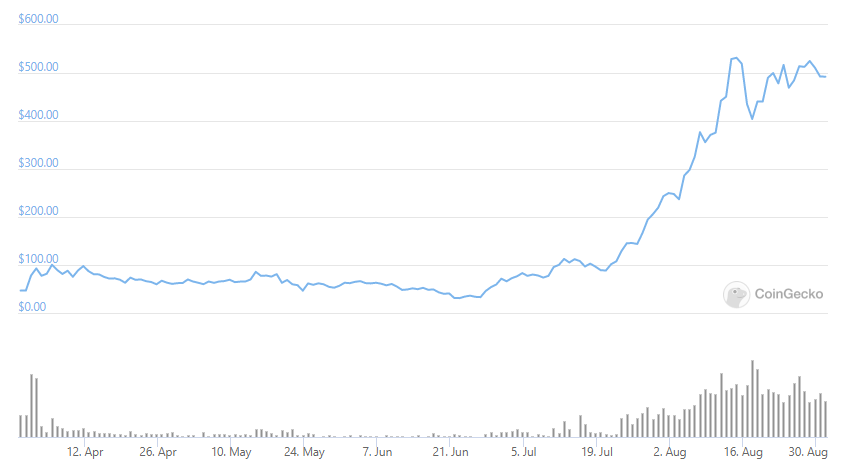
El Salvador's government has set aside $23.3 million toward rolling out crypto ATMs and $30 million to incentivize use of the state-backed "Chivo" wallet.
El Salvador’s Legislative Assembly has passed legislation creating a $150 million dollar Bitcoin Trust and supporting the development of crypto infrastructure and services across the country.
The bill passed on Aug. 31, with 64 officials voting in favor and 14 opposing the trust’s creation. The Trust is designed to facilitate conversion of Bitcoin into U.S. Dollars, and support the roll out of vital technological infrastructure enabling widespread adoption of crypto assets.
The news comes just one week before the country’s controversial Bitcoin Law is set to take effect. The impending legislation will recognize BTC as legal tender across El Salvador and is slated to take effect on September 7th. Currently, U.S. dollars are used as legal tender in the country.
The Development Bank of El Salvador (Bandesal) has been appointed to oversee the trust’s operation
The $150 million will be redirected from the country’s $500 million loan with the Central American Bank for Economic Integration (CABEI). The CABEI loan was originally taken for the purpose of economic recovery for small and medium sized businesses.
Of those funds, $23.3 million is earmarked to support the installation of government-backed crypto ATMs — allowing local citizens to exchange between Bitcoin and USD. $30 million has also been designated to offer incentives to encourage adoption of the Government’s digital wallet, Chivo.
In June, President Nayib Bukele announced the government would airdrop $30 worth of Bitcoin to every Salvadoran adult who downloads the Chivo wallet. However, El Salvador’s current population is 6.5 million, suggesting the government either believes adoption will be lower or has not allocated enough Bitcoin to go around.
Related: Retirees in El Salvador protest against Bitcoin adoption
In related new today asset tokenization and financial infrastructure company Koibanx announced it had signed a deal with the government of El Salvador to develop the country’s digital currency infrastructure with Algorand’s open source block chain at the core.
El Salvador’s Bitcoin Law has been met with some serious criticism and skepticism from international organizations and its own citizenry.
Minister of Economy, María Luisa Hayém Brevé said the government was focused on crypto currency education and using crypto incentives as a means to soothe the high amount of uncertainty within its population.
from Cointelegraph.com News https://ift.tt/3DyhBad









































